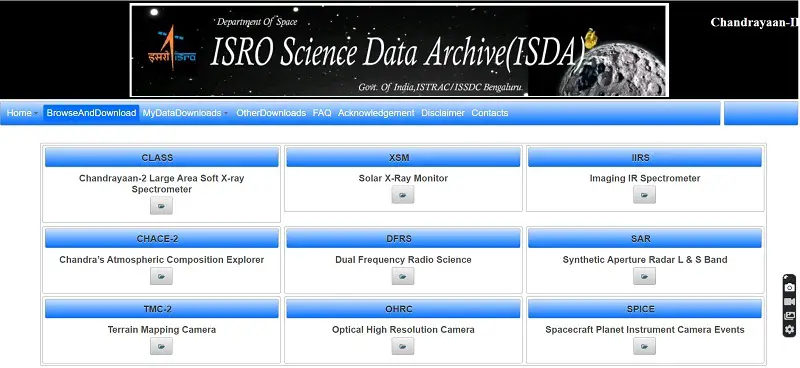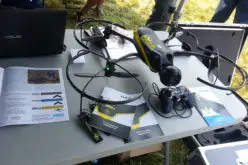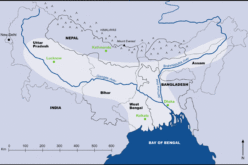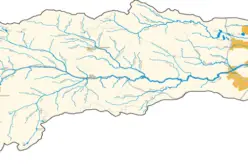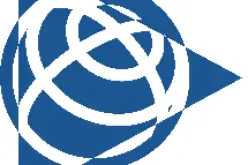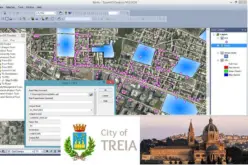ISRO Inviting Proposals for Utilizing Chandrayaan-2 Data for Scientific Analysis
ISRO has made Chandrayaan-2 Orbiter payloads data available to the public for scientific analysis. The Chandrayaan-2 mission was successfully launched on 22nd July 2019 at 14:43 hrs by GSLV MkIII-M1 from Satish Dhawan Space Centre (SDSC), Sriharikota. Thereby Chandrayaan-2 was successfully inserted into the elliptical orbit around the Moon. This was followed by a series of Lunar bound orbit maneuvers for reducing the orbit to a circular polar orbit around the Moon.
Chandrayaan-2 orbiter is currently in a 100 km x 100 km circular polar orbit around the Moon, carries 8 experiments for studies ranging from surface geology and composition to exospheric measurements that would continue to build upon the understanding from previous lunar missions. On Dec 24, 2020, Chandrayaan-2 orbiter payloads data were released to the public for scientific analysis. Subsequently, in July 2021 the next sets of data were released from payloads.
ISRO seeks scientific proposals from the national scientific community to analyze and utilize data from all payloads of the Chandrayaan-2 orbiter. The proposal is open to all researchers from recognized academic institutions, Universities, Colleges, Planetaria, and government organizations of India.
The Chandrayaan-2 orbiter payloads generate high-quality data made available in the public domain via web portal PRADAN https://pradan.issdc.gov.in.
Following Chandrayaan-2 orbiter payloads data is available through PRADAN web portal-
- Chandrayaan-2 Large Area Soft X-ray Spectrometer (CLASS)
- Chandra’s Atmospheric Composition Explorer (CHACE – 2)
- Terrain Mapping Camera (TMC)
- Solar X-Ray Monitor (XSM)
- Dual Frequency Radio Science (DFRS)
- Optical High-Resolution Camera (OHRC)
- Imaging IR Spectrometer (IIRS)
- Synthetic Aperture Radar L & S-Band (DFSAR)
- Spacecraft Planet Instrument Camera Events
Proposals could be submitted by individuals or a group of scientists and academicians belonging to India’s national institutions, Universities, Colleges, planetaria, and government organizations. Only those having a minimum remaining service of four years before superannuation is eligible to lead the project as PI. The proposals must be forwarded through the Head of the Institutions, with appropriate assurance for providing necessary facilities for carrying out the project under the program.
More details about the guidelines for writing and submitting the proposal and other relevant details can be found on the ISRO website.
The last date for the submission of proposals is October 31, 2021.
Also Read –
ISRO: Haze Removal Algorithm Developed for Cartosat Images


